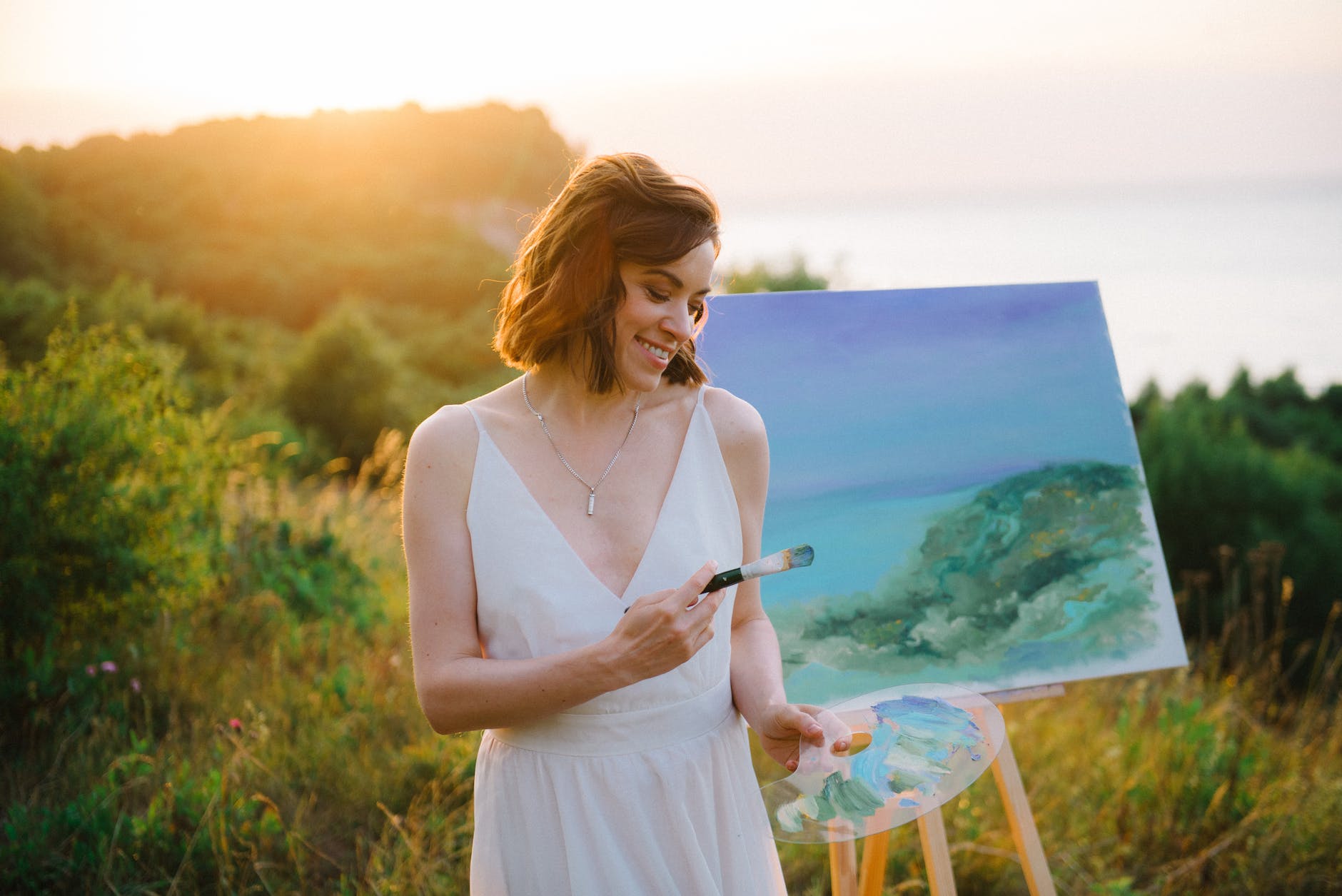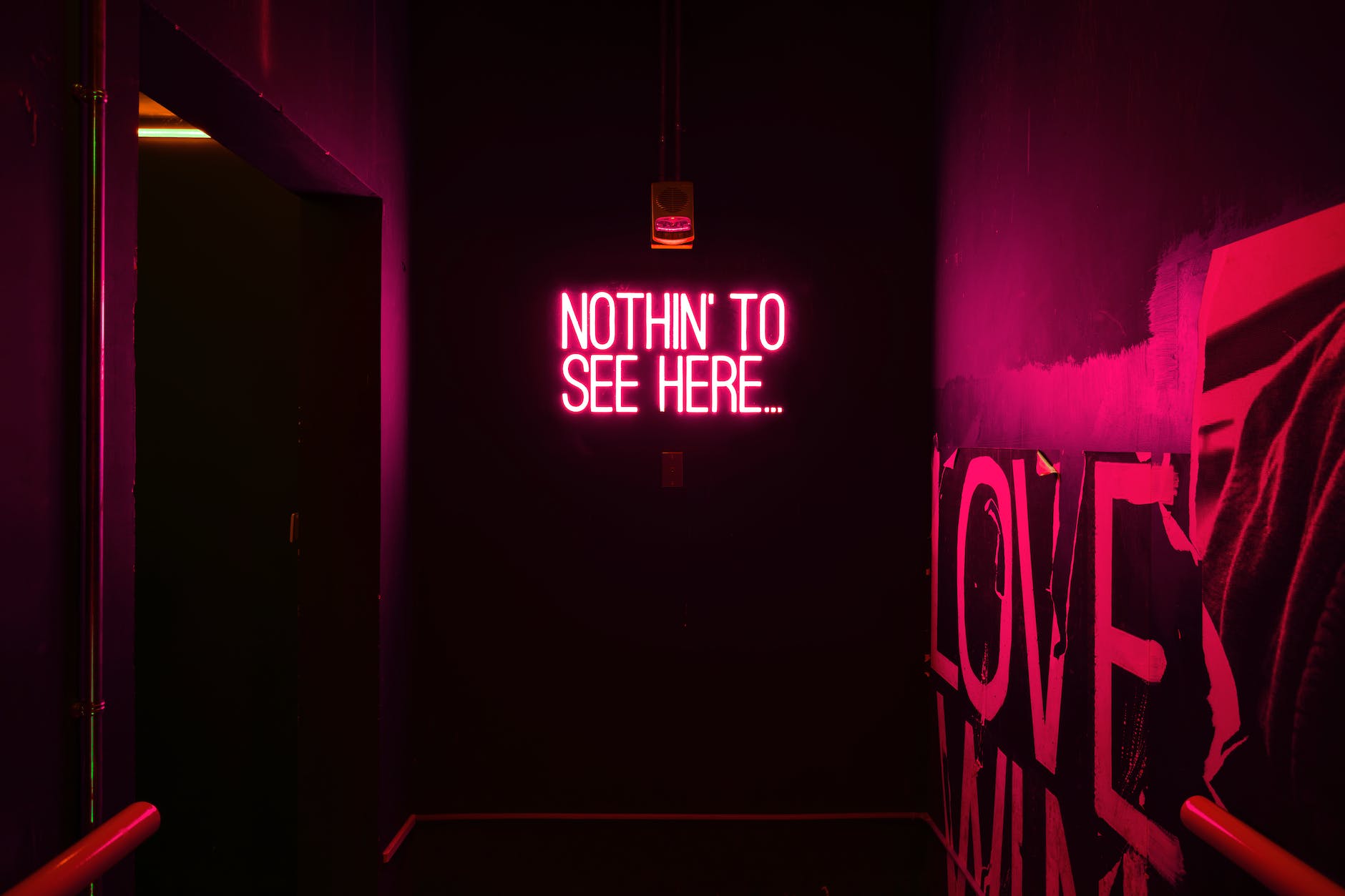If you’ve ever found yourself entranced by the trippy visuals on album covers, you’d likely agree that they offer a window into the world of psychedelic art. Psychedelic art, known for its vibrant colors, intricate patterns, and hallucinatory imagery, reached its peak during the 1960s-1970s. This fascinating period in visual aesthetics was heavily intertwined with music, with psychedelic album covers becoming cultural signposts for a generation.
Psychedelic art takes its name from the Greek words ‘psyche’ (soul) and ‘delos’ (reveal), a fitting affirmation of the movement’s desire to delve beneath the conscious mind’s strictures and reveal an unbounded inner landscape. Rapidly becoming the visual language of the counterculture movement, psychedelic art found a particularly receptive audience among bands and music fans of the time.
artists like Peter Max, Victor Moscoso, and Wes Wilson pioneered the psychedelic art movement in album art, lending their unique styles to countless album covers and concert posters. Their work featured characteristic motifs such as warped typography, distorted perspectives, and vibrantly colored, swirling patterns that mirrored the trippy, mind-altering experiences associated with psychedelic substances.
The 1960s-1970s was a period marked by social questioning and rebellion against the status quo. It saw the explosion of rock ‘n’ roll and the birth of bands who wanted their music to break boundaries, both sonically and visually. Album covers became a critical facet of this creative expression, with the Beatles’ “Sgt. Pepper’s Lonely Hearts Club Band” standing as one of the most iconic examples. The Beatles’ cover, with its colorful cast of characters and surrealistic collage, captured the spirit of the time and continues to be revered as a milestone in psychedelic album art.
Yet the Beatles were far from the only ones to embrace this artistic trend. Pink Floyd’s album covers, most notably “The Dark Side of the Moon” with its prism dispersing a beam of light into a spectrum, were designed to feel as explorative as the music within. Similarly, Jimi Hendrix’s “Axis: Bold as Love” featured a visually complex, multi-colored drawing, echoing the artist’s mind-bending musical style.
The Grateful Dead’s dancing bears on “The History of the Grateful Dead, Volume One (Bear’s Choice)” and their iconic “Aoxomoxoa” cover, full of intricate details and mystic symbols, are other great examples of psychedelic album art. These covers were not just accessories to the music; they were visual explorations of the psyche that pushed listeners to challenge their perceptions before even playing the record.
Though the peak of the psychedelic era waned as the 1980s approached, its influence remains undeniable. Modern bands regularly pay homage to the style in their album covers, and artists continue to incorporate psychedelic elements into their work. Notably, Tame Impala’s “Innerspeaker” features a mind-warping landscape that wouldn’t feel out of place in the psychedelic 60s, proving the timeless appeal of these motifs.
Psychedelic art is an integral part of music history, merging lyrical expression with visual exploration to create something entirely new. Its influence on album covers is an essential example of how visual and audio arts can synergize, creating a richer and more immersive experience for the audience. It’s a reminder that music is not just an auditory experience but a multi-sensory journey into the artist’s mind and soul.
In conclusion, the power of the psychedelic movement in the late 1960s-1970s resulted in an unforgettable legacy within music, notably in the realm of album covers. The genre’s distinctive visuals remain steeped in pop culture, continuing to inspire and impact new generations of artists, listeners, and design enthusiasts alike.





